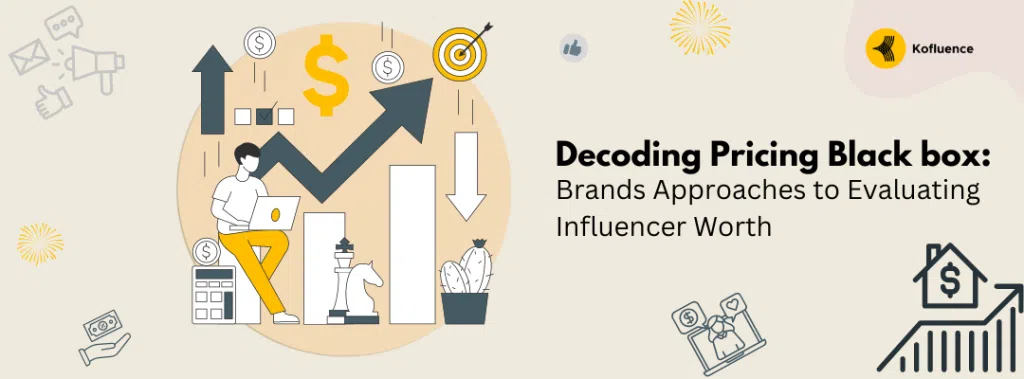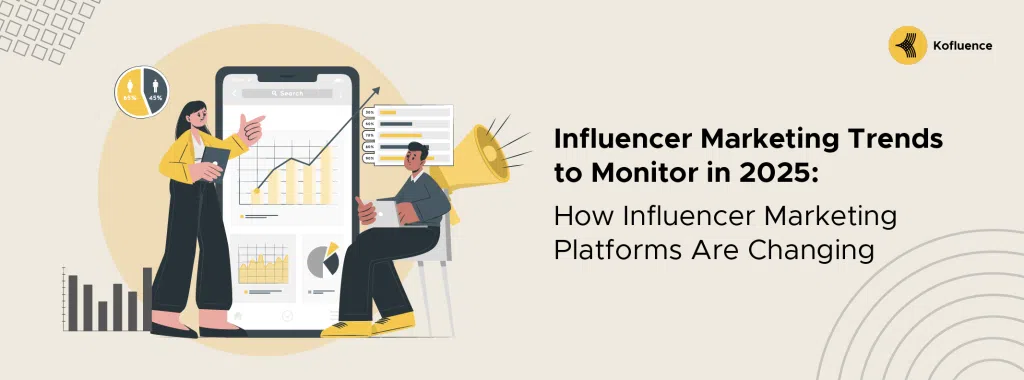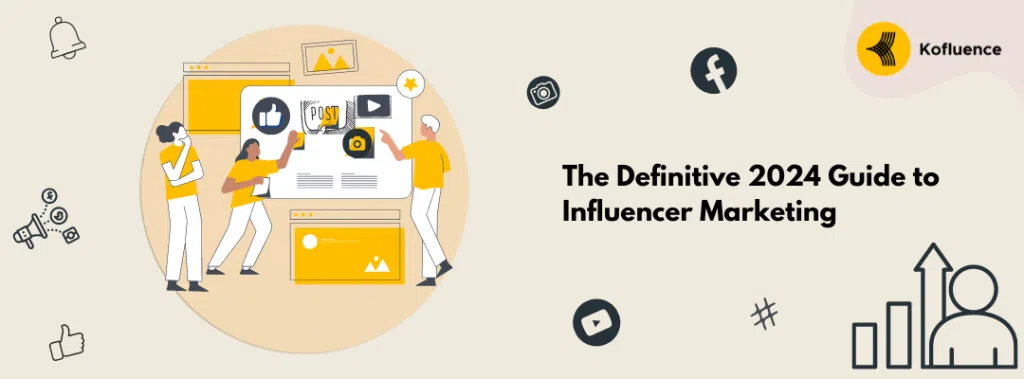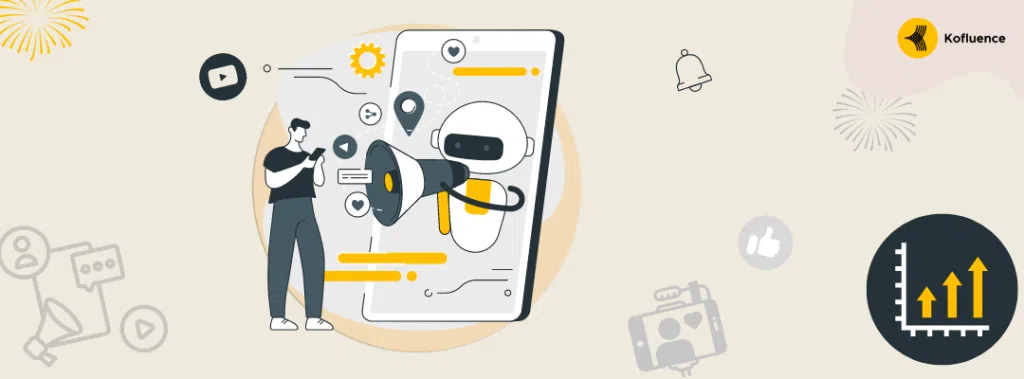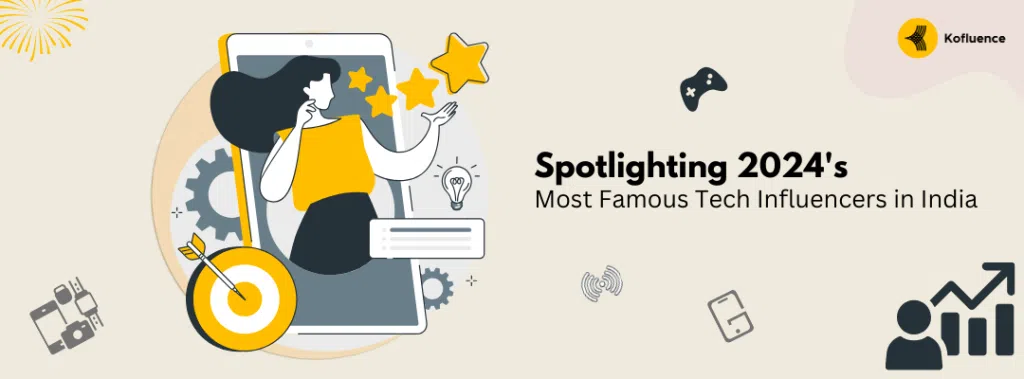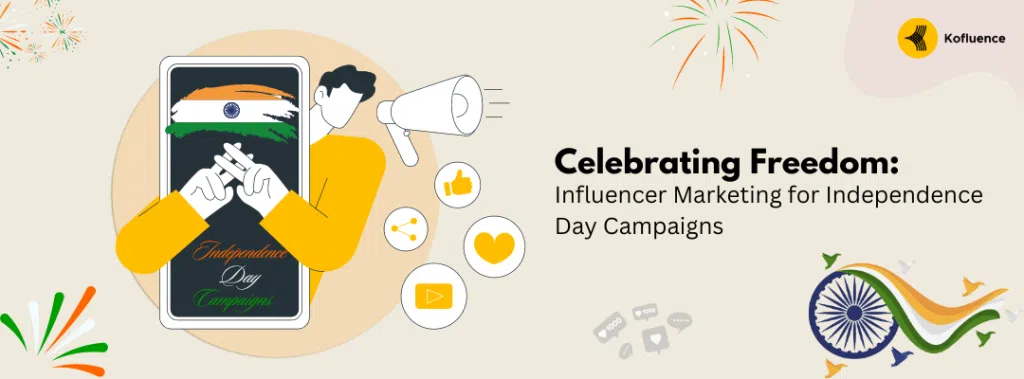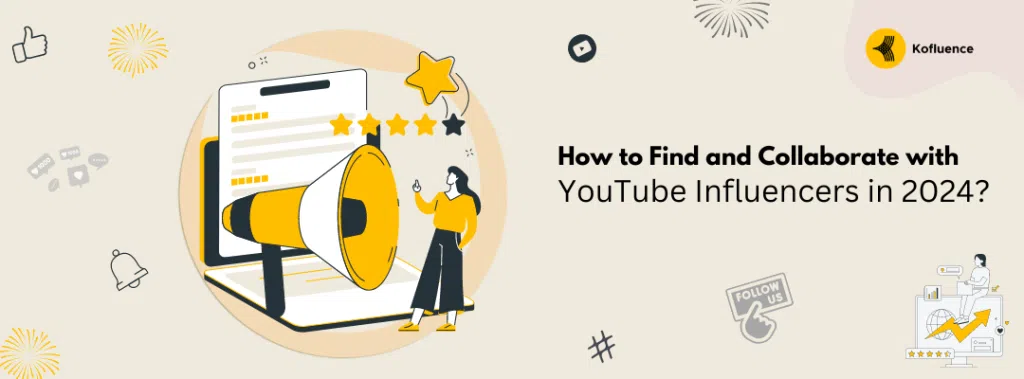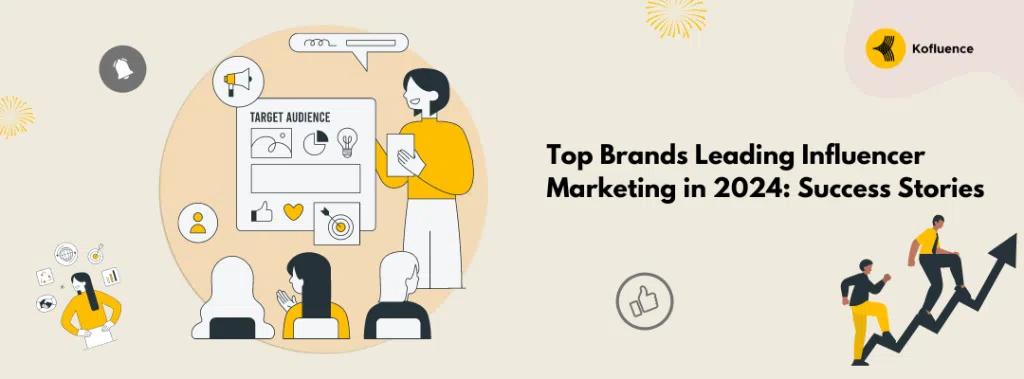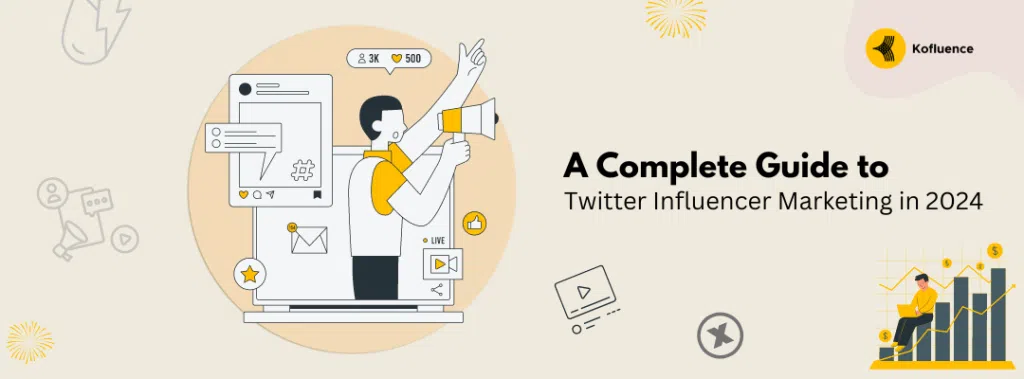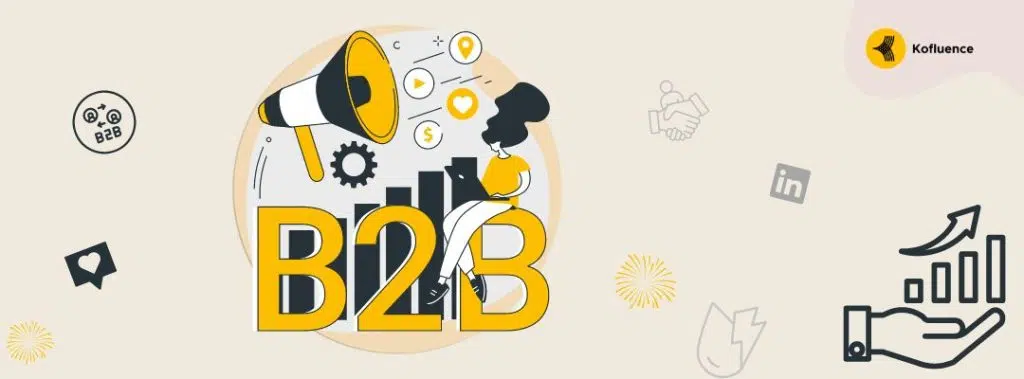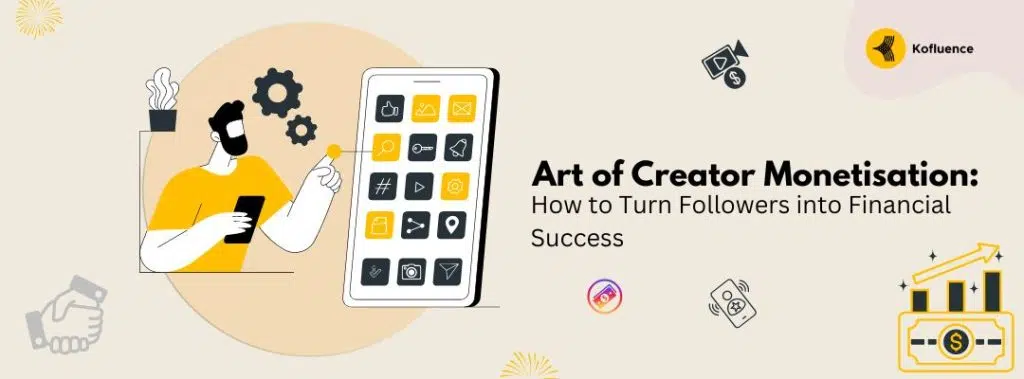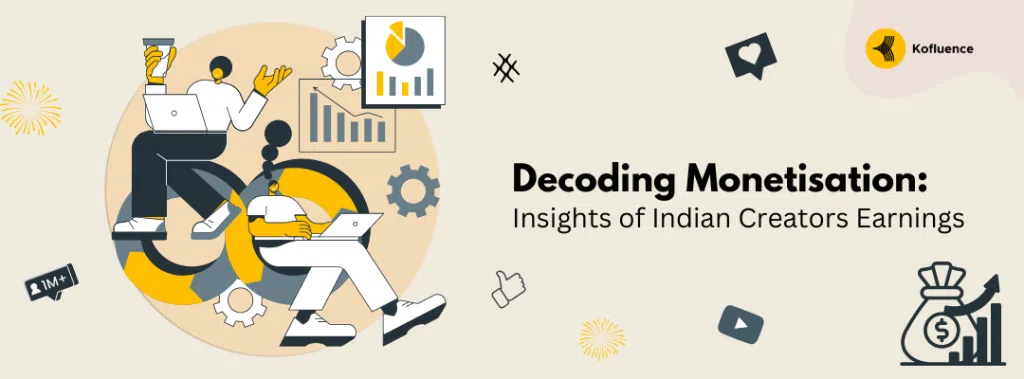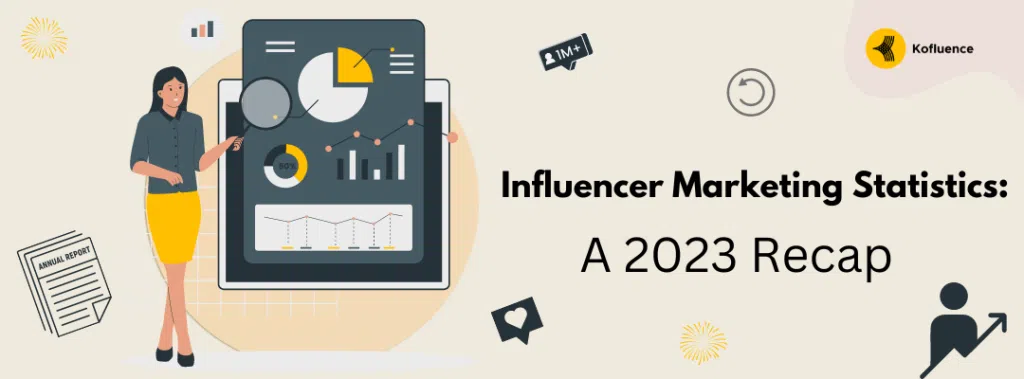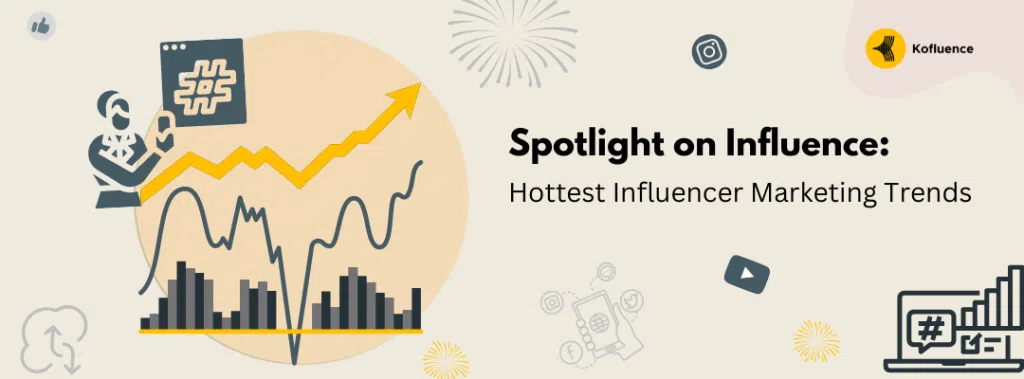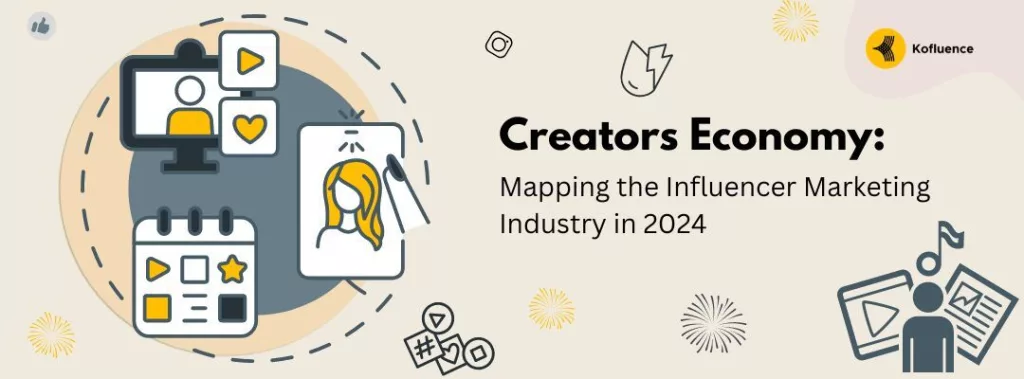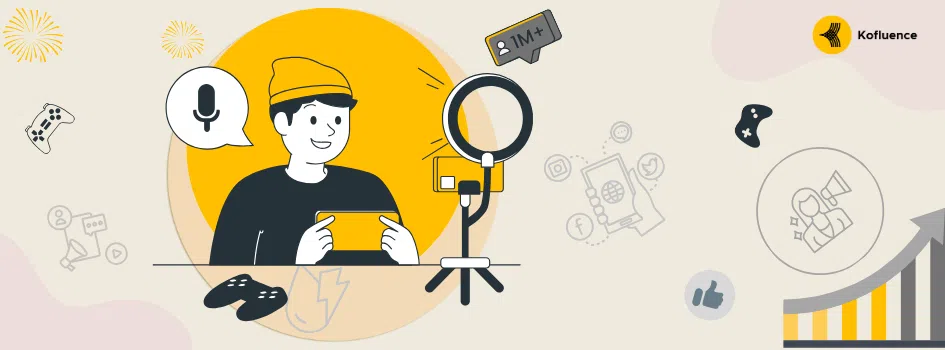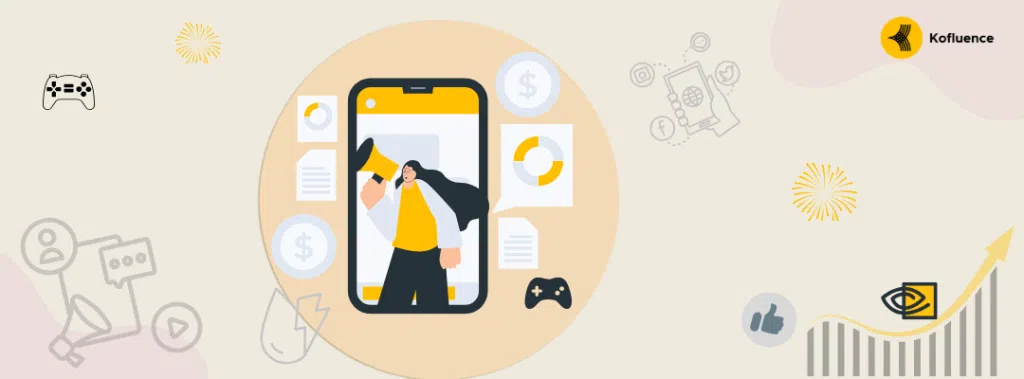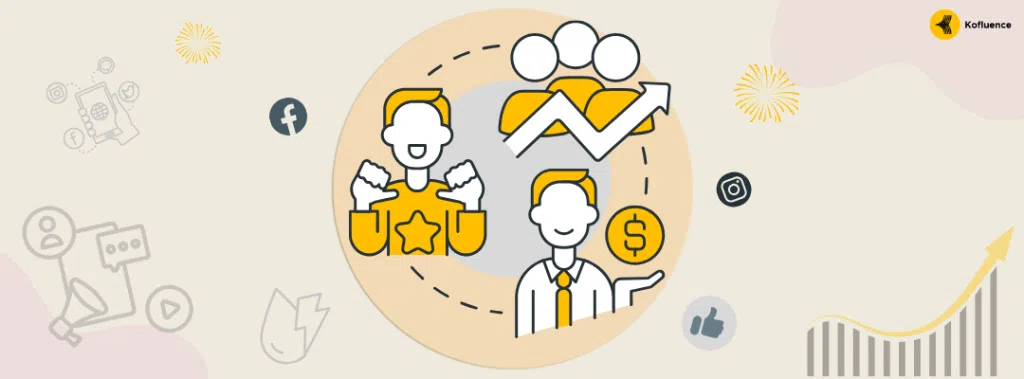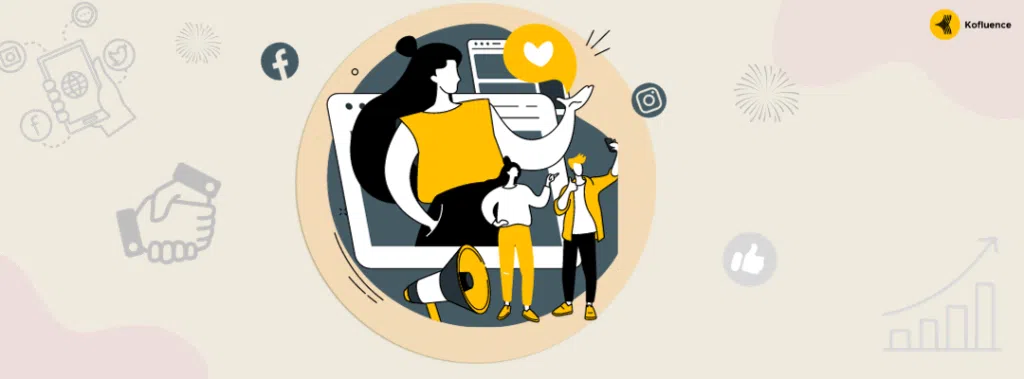Introduction
Discovering the Secrets Of Influencer Pricing and Worth
Metrics for Assessing Influencer Worth For Brands
Conclusion
FAQ’s
Introduction
Influencer marketing has become a potent tool for organisations trying to establish genuine and meaningful connections with consumers in the modern age. As a result of the growth of online platforms and influencer culture, an increasing number of brands are using influencers to connect with their intended audience and encourage interaction. As per Decoding Influence 2024, 67% of brand marketers favour influencer marketing platforms. Mega-influencers or celebrities can get up to INR 2 lakhs per reel, while nano-influencers on Instagram can make anywhere from INR 500 to 5000 per reel.
However, since various elements influence pricing techniques and assessments, determining an influencer’s worth frequently feels like opening a black box. Let us help you navigate influencer pricing in detail.
Discovering the Secrets Of Influencer Pricing and Worth
Unlike conventional advertising, where pricing structures are well-established and dependent on quantifiable measures such as viewing or circulation, influencer marketing lacks standardised price mechanisms. Engagement rate, target audience demographics, and distinctive brand fit are just a few factors that can significantly affect pay. This creates a “black box” of prices where negotiation is crucial.
Because of this lack of transparency, brands must balance appropriate pay for creators with financial restraints. However, the issue still stands: Is it possible to shed light on the “black box” of pricing strategies and support a more resilient Indian creator economy?
Tier-based Pricing
There is no one-size-fits-all method when it comes to pricing strategies for influencers. There are several different types of influencers: from micro-influencers, who have smaller but very active audiences, to macro-influencers, who have millions of followers. Because of this, price plans need to be customised to every influencer’s unique qualities and value propositions.
One popular strategy is tiered pricing, which categorises influencers based on popularity, engagement, and niche expertise. Brands may provide varying remuneration packages or incentives based on the influencer’s tier, with higher-tier influencers commanding more incredible prices.
Performance-based Pricing
Another option is performance-based pricing or performance marketing, which pays social media influencers based on specified metrics or key performance indicators (KPIs). This might contain measures like clicks, conversions, and impressions, allowing brands to link compensation to campaign results directly.
Long-term partnerships
Establishing long-term ties with influencers can benefit brands looking to increase brand awareness and commitment. Influencers may be paid a retainer fee or continuous pay in exchange for creating and promoting content regularly. Influencer partnerships make it easier for brands to grow their customer base.
Flat Fee Versus Commission
Influencers can be compensated with a fixed charge for their performance, a commission based on revenue or leads generated, or an integration of the two. The choice between flat price and commission-based arrangements is determined by marketing objectives, money limits, and the individual’s track record of delivering results.
Influencer Pricing Assessment for Brands
Whenever it involves influencer pricing analysis for brands, organisations must strike the correct balance between optimising ROI and providing fair payouts to influencers. When deciding influencer pricing, some important considerations for brands are relevance and alignment, brand safety, previous collaborations and more.
Budget Allocation
Brands should carefully assess their marketing budget and strategically distribute resources across many channels, including brand influencer marketing. While influencers can be highly efficient at reaching their target audiences, organisations should refrain from spending money on influencer collaborations at the expense of other marketing endeavours.
Negotiation and Flexibility
Influencer pricing is frequently adjustable, so marketers should be prepared to work with influencers to arrive at a mutually beneficial agreement. In exchange for their endorsement, brands may provide influencers with cash rewards, free goods or services, and other advantages.
Influencer Marketing Platforms
Brands can effectively address the pricing ambiguity in influencer marketing by leveraging dedicated influencer marketing platforms. These platforms provide a standardized approach to influencer payments by analysing key metrics such as follower count, engagement rates, and overall reach. By utilizing data-driven algorithms, they offer transparent pricing models that ensure fair compensation aligned with an influencer’s true market value.
This not only fosters trust between brands and influencers but also allows for more strategic budget allocations, enhancing the overall efficiency and effectiveness of marketing campaigns. Through these platforms, brands can navigate the complexities of influencer payments with greater confidence and precision.
Metrics for Assessing Influencer Worth For Brands
To estimate the value of a social media influencer, marketers must look past superficial indicators and dig deeper into the data. Here are some crucial parameters that brands should examine when assessing an influencer’s worth for the brand:
Follower Reach
While total followers are a basic estimate of an influencer’s worth, marketers should examine the audience’s characteristics and geographic location to guarantee proper alignment with their target market.
Engagement Rate
Engagement rate can be defined as the proportion of an influencer’s followers who actively connect with their material. It is an essential metric for marketers. A high engagement rate implies that an influencer’s audience is engaged and loyal and their content is well-received.
Conversion Rate
Ultimately, brands want to increase conversions and get a return on their investment. Tracking the conversion rate of influencer advertising can reveal helpful information about an influencer’s efficacy in driving sales or other desired activities.
Conclusion
Influencer marketing has developed as an effective technique for brands seeking to interact and engage with their target audiences in genuine and relevant ways. However, understanding the price black box and determining the value of influencers may be intricate and delicate.
Brands can successfully analyse influencer worth and create ROI-maximizing pricing strategies by considering elements such as engagement indicators, audience demographic data, and the quality of the content for practical brand evaluation. Finally, successful influencer partnerships rely on mutually beneficial relationships founded on trust, openness, and shared goals.
If you found this blog helpful, browse through our website for other blogs on similar topics, or get in touch with us for your next influencer marketing campaign! Download the Kofluence app and find relevant campaigns catering to your target audience! To opt-in, download the Kofluence app here: iOS users and Android users.
FAQ’s
. What pricing strategies do brands use when working with influencers?
Brands can utilise various pricing strategies when collaborating with influencers. These may include flat fees, performance-based pricing, or tying compensation to specific metrics like engagement or sales. Additionally, some brands offer product exchanges or affiliate partnerships, compensating influencers based on the sales generated through their promotion. The choice depends on campaign objectives, influencer reach, and budget considerations.
. How can brands optimise their influencer marketing budgets?
Brands may optimise their influencer marketing costs by selecting the right digital influencers whose audiences match their target demographic. Negotiating fair compensation based on the influencer’s reach and engagement rates assures cost-effectiveness. Collecting and analysing campaign performance indicators enables marketers to discover effective methods, thereby increasing ROI. Regular partnerships and analysing new platforms also help with budget efficiency.
. How do influencers secure brand partnerships?
Influencers can build their audience by publishing engaging content on social media platforms. Once they’ve gained a significant following, they can approach brands directly or join influencer marketing platforms. Brands may also contact social media influencers whose audience aligns with their target market. Successful digital creators showcase their engagement metrics, demographics, and past collaborations to negotiate favourable brand deals.

